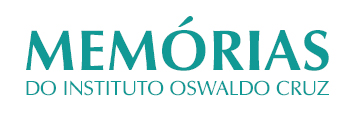Hepatic Schistosoma mansoni periovular granulomas undergo changes in size, cellular composition and appearance with time. This phenomenom, known as "immunological modulation", has been thought to reflect host immunological status. However, as modulation has not been observed outside the liver, participation of local factors, hitherto little considered, seems crucial. Components of the extracellular matrix of periovular granulomas of the mouse were particularly studied in three different organs (liver, lung and intestine) and during three periods of infection time (acute, intermediate and chronic) by means of histological, biochemical and imunofluorescence techniques, while quantitative data were evaluated by computerized morphometry, in order to investigate participation of local factors in granuloma modulation. Results confirmed modulation as a exclusively hepatic phenomenom, since pulmonary and intestinal granulomas, formed around mature eggs, did not change size and appearance with time. The matricial components which were investigated (Type I, III and IV collagens, fibronectin, laminin, proteoglycans and elastin) were found in all granulomas and in all organs examined. However, their presence was much more prominent in the liver. Elastin was only found in hepatic granulomas of chronic infection. The large amount of extracellular matrix components found in hepatic granulomas was the main change responsible for the morphological aspects of modulation. Therefore, the peculiar environment of the liver ultimately determines the changes identified in schistosomal granuloma as "modulation".
modulation; granuloma; shistosomiasis; extracellular matrix
